tuberculosis
Usually involves the lungs but may affect any
organ or tissue in the bodyTypically results in caseating granulomas
Tuberculosis
FindSlide.org - это сайт презентаций, докладов, шаблонов в формате PowerPoint.
Email: Нажмите что бы посмотреть

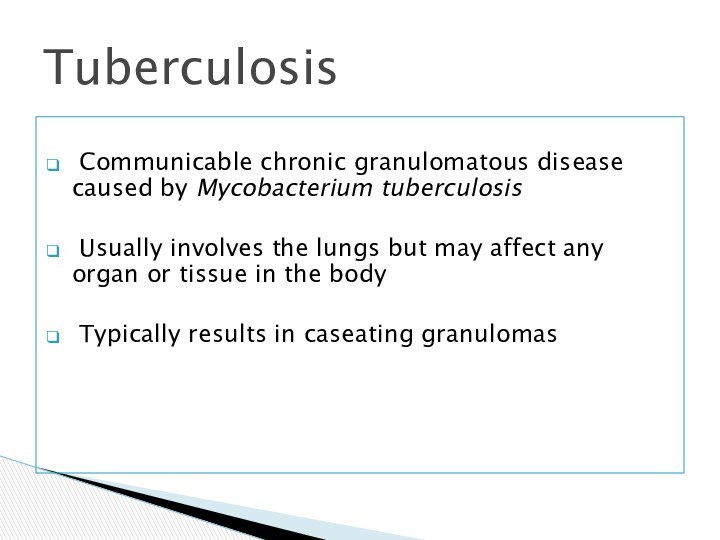
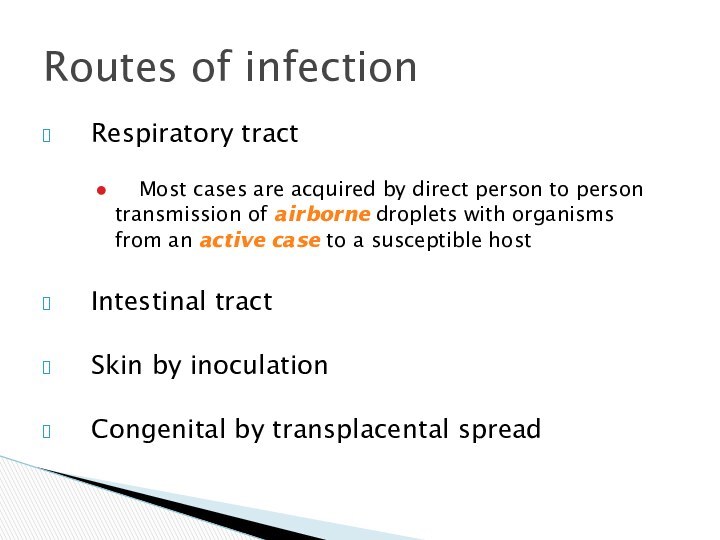
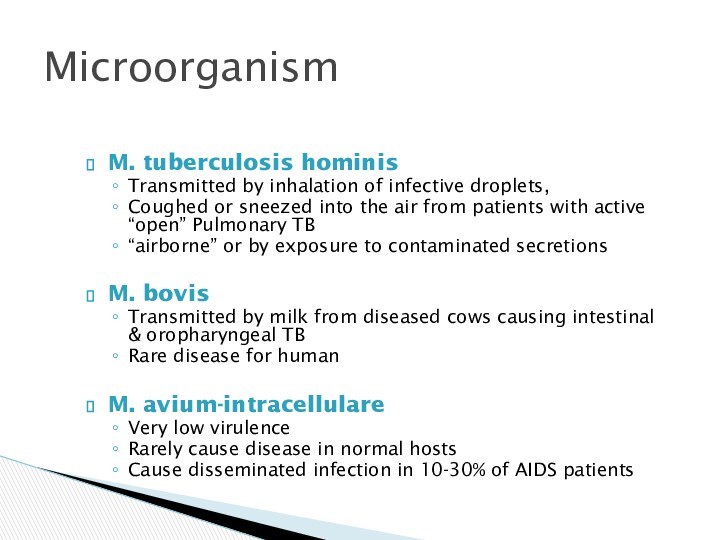
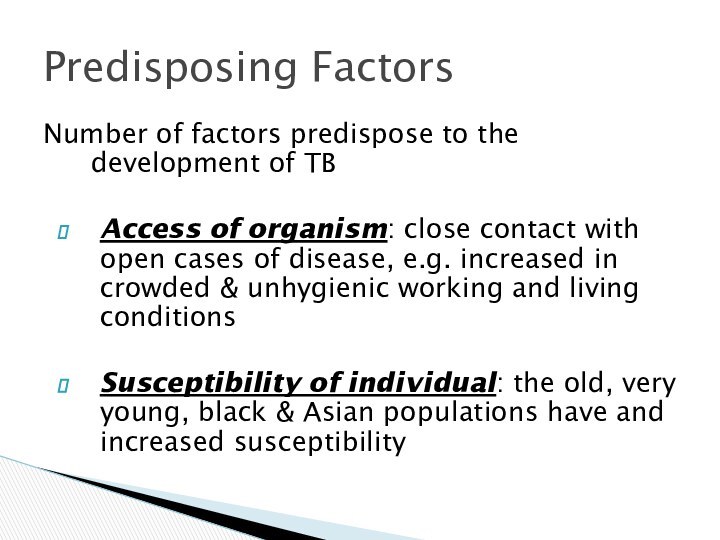
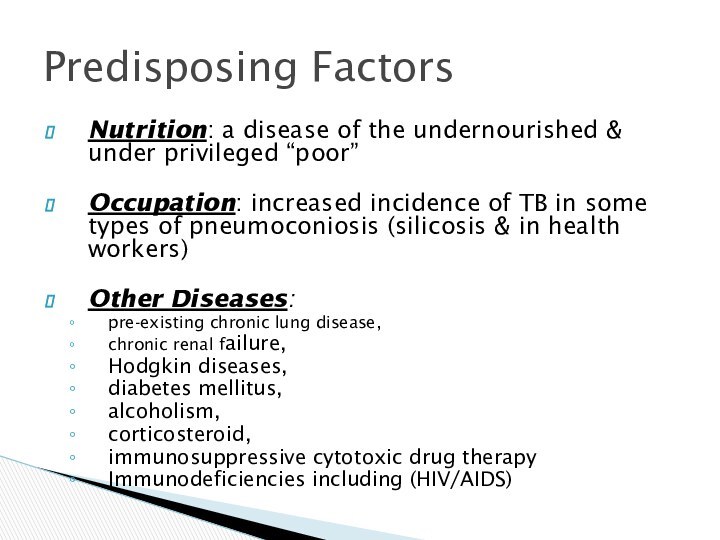

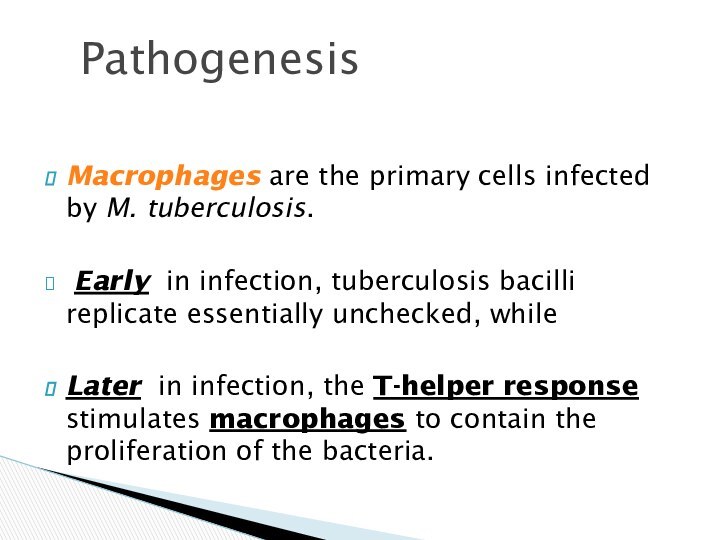
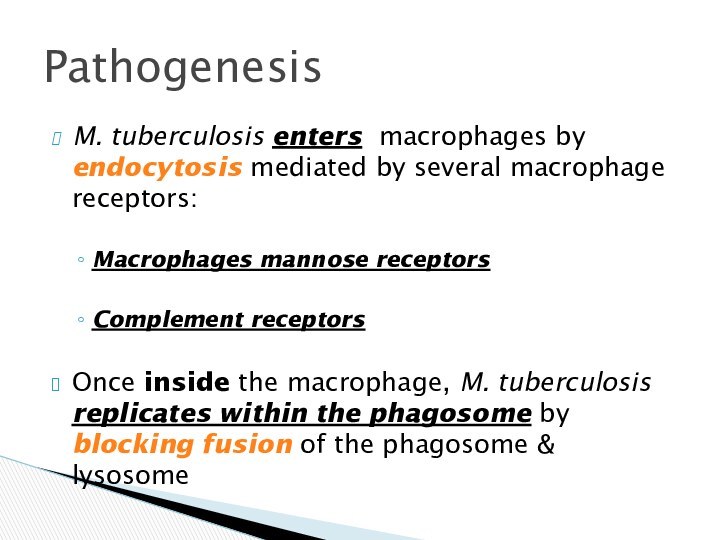

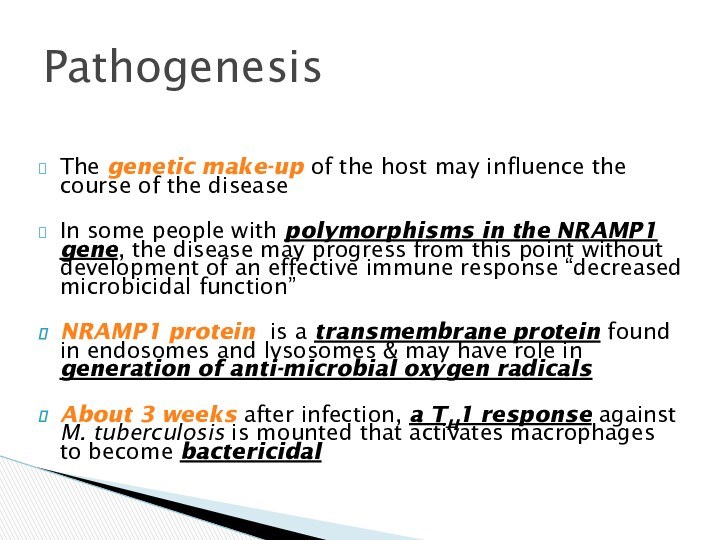
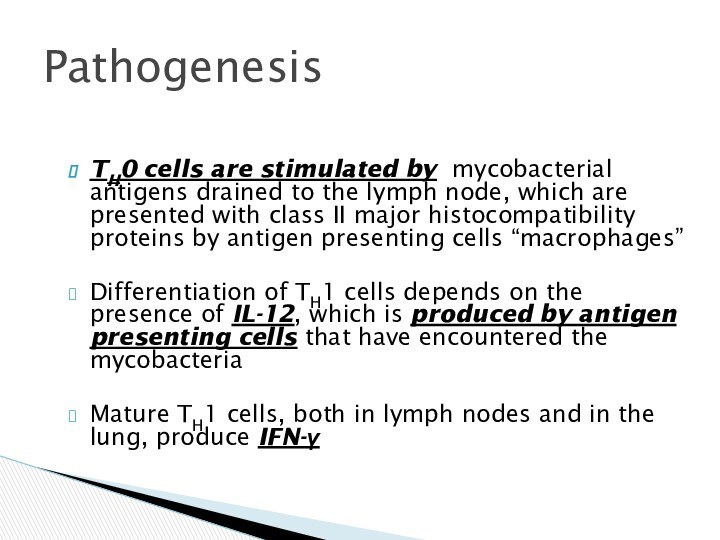
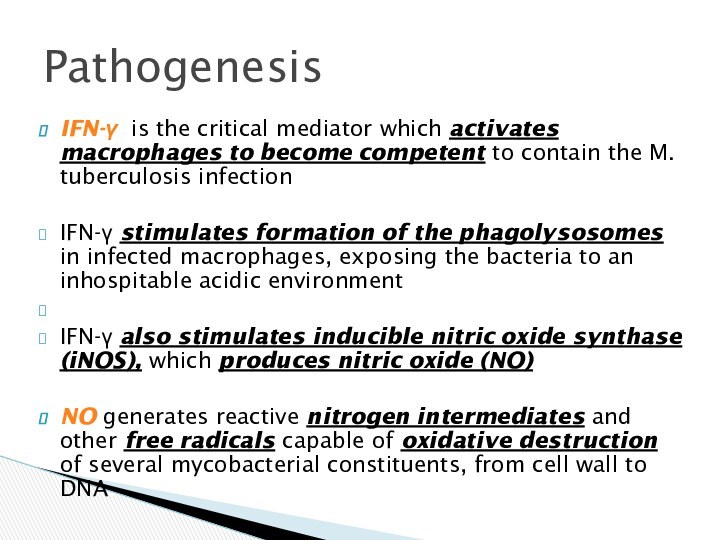


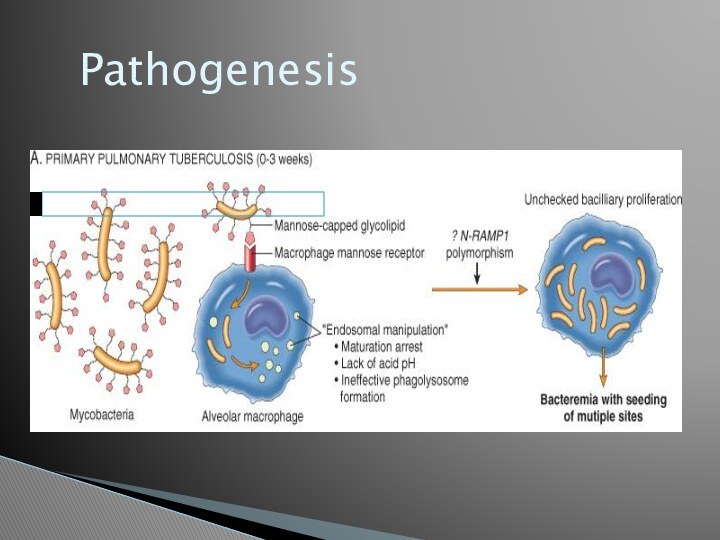





Tuberculosis
Routes of infection
Microorganism
Predisposing Factors
Predisposing Factors
Pathogenesis
Pathogenesis
Pathogenesis
Pathogenesis
Pathogenesis
Pathogenesis
Pathogenesis
Pathogenesis
Pathogenesis Summary
Type IV Hypersensitivity Reaction in TB